PETG (Polyethylene Terephthalate Glycol) is a thermoplastic polymer modified by adding glycol to PET, offering high transparency, toughness, and chemical resistance. It is widely used in 3D printing, packaging, and medical devices.
However, the question of “Is PETG safe?” has attracted much attention, particularly in the 3D printing community, due to potential health risks from volatile organic compounds (VOCs) or micro-particles released during high-temperature melting, as well as debates over its suitability for food contact applications.
This article will comprehensively analyze PETG’s safety from three perspectives—health safety, food contact safety, and environmental safety—providing users with evidence-based guidance for its use.
What Is PETG?
PETG is a modified version of PET (Polyethylene Terephthalate), enhanced with glycol to improve flexibility, durability, and transparency, making it less brittle than standard PET. This glycol modification results in glycol modified polyethylene terephthalate, which provides PETG with its distinctive properties.
Its key advantages include high impact resistance, chemical stability, and low odor, making it a preferred choice over other plastics like ABS (Acrylonitrile Butadiene Styrene) for 3D printing with FDM filament machines.
PETG’s excellent layer adhesion and low shrinkage rate make it ideal for printing functional parts and complex structures.
According to material data sheets for PETG filament, it has a glass transition temperature of around 80°C and is non-toxic, free of harmful substances like Bisphenol A (BPA).
However, a potential hazard arises during 3D printing, as heating PETG filament can emit ultrafine particles and volatile organic compounds (VOCs), commonly referred to as 3d printing fumes, though these are generally at low levels compared to other materials.
Importantly, PETG does not release highly toxic substances like hydrogen cyanide, which is a concern with some plastics under extreme conditions.
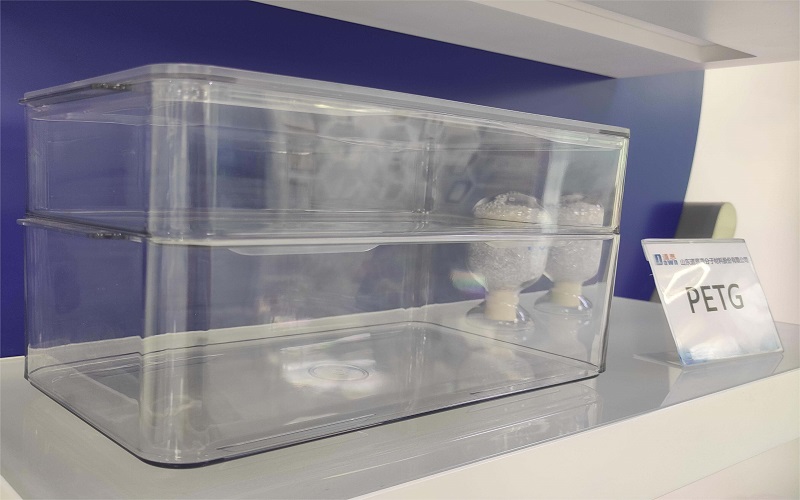
Comparison To Other Plastics With PETG
PETG stands out among common 3D printing materials due to its balanced combination of durability, flexibility, and safety.
Compared to PLA, PETG offers better moisture resistance and higher impact strength, making it more suitable for functional parts and long-term use.
While PLA is biodegradable and generally considered safe, it tends to emit slightly higher levels of volatile organic compounds (VOCs) during printing and is more brittle.
ABS, another popular filament, is known for its toughness and heat resistance but releases more harmful fumes, including potentially toxic substances like hydrogen cyanide, when printed.
PETG is safer than ABS, but if you print a lot with it you might as well come up with a ventilation system to minimize your exposure.
Additionally, PETG’s glycol modification reduces brittleness and improves clarity compared to standard PET, expanding its applicability in both consumer and industrial products.
Its lower emission of ultrafine particles and VOCs during 3D printing also positions PETG as one of the safer filament choices, although proper ventilation and safety measures remain important.
Overall, PETG combines the advantages of other plastics while minimizing many of their drawbacks, making it a preferred material for users seeking a balance between safety, performance, and versatility.
Below is data sheet for PETG filament and other printing filament:
Property | PETG Filament | PLA Filament | ABS Filament |
|---|---|---|---|
Chemical Composition | Polyethylene Terephthalate Glycol (PETG) | Polylactic Acid (PLA) | Acrylonitrile Butadiene Styrene (ABS) |
Printing Temperature | 220-250°C | 180-220°C | 210-250°C |
Bed Temperature | 70-90°C | 50-70°C | 90-110°C |
Odor During Printing | Low to none | Mild sweet | Strong, unpleasant |
Emission of VOCs | Low | Moderate | High |
Ultrafine Particle Emission | Moderate | Low | High |
Moisture Resistance | High | Low | Moderate |
Impact Resistance | High | Low | High |
Flexibility | Moderate | Low | Moderate |
Environmental Impact | Recyclable, non-biodegradable | Biodegradable | Non-biodegradable |
Is PETG Food Safe?
PETG is generally considered food safe, making it an excellent choice for printing food containers and other kitchen items.
However, it’s essential to ensure that the PETG filament is specifically designed for food safety and is printed in a clean and controlled environment.
PETG is non-toxic and odorless, making it an excellent choice for printing items that will come into contact with food.
PETG is also dishwasher safe, making it easy to clean and sanitize.It’s essential to note that PETG can be sterilized easily, enhancing its safety for consumer use.
Despite these advantages, users should be cautious about the printing process itself. The layered structure of 3D printed objects can harbor bacteria in microscopic crevices, so thorough cleaning and post-processing treatments, such as sanding or applying food-safe coatings, are recommended to ensure safety.
Additionally, not all PETG filaments are created equal; some may contain additives or colorants that are not food safe, so selecting certified food-grade filaments is crucial.
Overall, when proper materials and printing practices are used, PETG offers a reliable and safe option for food-related applications, combining durability, ease of cleaning, and chemical safety.
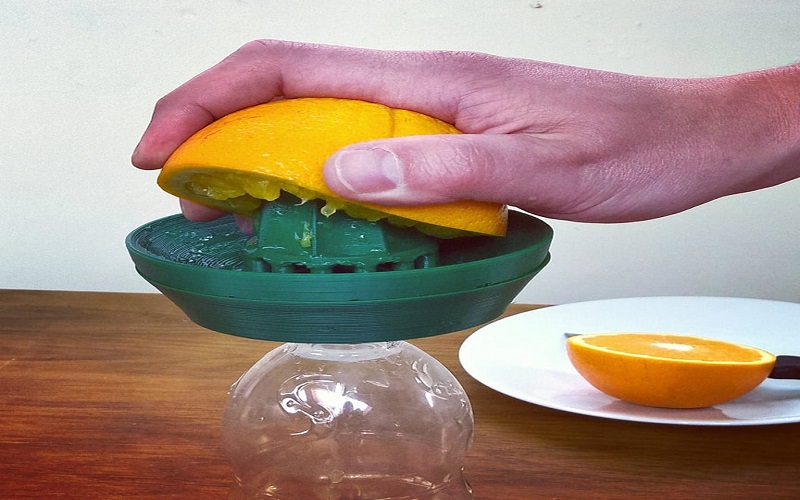
Does 3D Printing With PETG Emit Any Toxic Fumes?
When it comes to 3D printing with petg glycol, a common concern is whether the process emits toxic fumes. Specifically, many ask if 3d printing PETG emit any harmful fumes.
PETG filament, of course it is widely used with filament machines which is extremely popular for its ease of use and versatility. These filament machines is extremely safe when properly maintained and operated.
PETG is known for its relatively low emission of volatile organic compounds (VOCs) compared to other plastics such as ABS.
Studies indicate that PETG releases fewer harmful volatile organic compounds and ultrafine particles during printing, making it one of the safer options for indoor use. However, it is important to note that organic compounds VOCs though are still present in the emissions.
However, like all thermoplastic materials, PETG does emit some particles and VOCs when heated and melted in 3D printing.
The levels of these emissions are generally low but can vary depending on the filament brand, printing temperature, and printer condition.
Importantly, prolonged exposure to ultrafine particles and VOCs without proper ventilation may cause respiratory tract irritation or other adverse effects.
To minimize risks, it is recommended to print PETG in a well-ventilated area or use a ventilation system equipped with filters that can capture ultrafine particles and reduce VOC concentration.
Protective measures such as wearing masks and avoiding direct inhalation of fumes during printing are also advisable, especially in poorly ventilated spaces.
Overall, while PETG does emit some fumes during 3D printing, these emissions are significantly lower and less harmful than those from materials like ABS.
With proper safety precautions, PETG is considered a safe and non-toxic filament choice for most users, although users should remain aware of potential issues with 3d printing to ensure a safe printing environment.
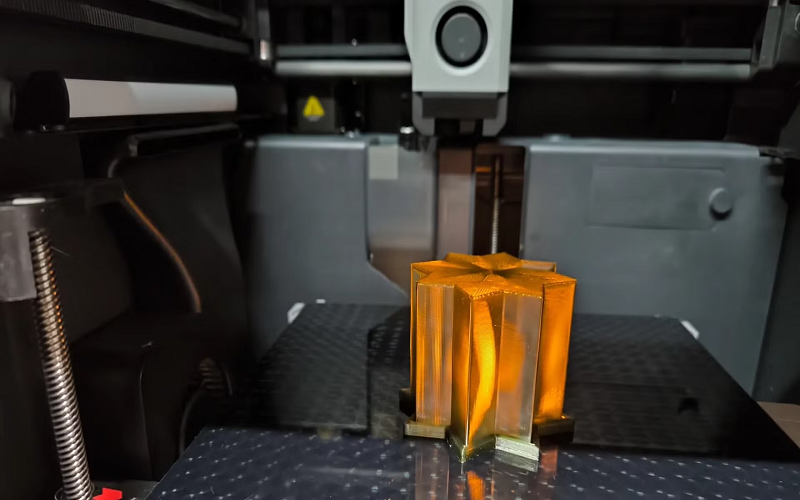
Is PETG Safe For Humans?
A primary concern with 3D printing PETG is whether it emits harmful or toxic fumes. Studies show that PETG has surprisingly low VOC emissions compared to materials like ABS, which releases styrene, a potentially carcinogenic compound.
PETG’s emissions primarily consist of ultrafine particles and low levels of VOCs, such as trace amounts of formaldehyde or ethyl acetate, which are less harmful but can still cause respiratory tract irritation due to acute exposure in sensitive individuals.
While PETG produces higher micro-particle emissions than PLA (Polylactic Acid), it is considered safer than ABS, making it one of the safest 3D printing materials for indoor use. However, the risk of adverse effects increases if a malfunctioning or unsupervised printer causes overheating, leading to elevated fume production.
For context, posts originally shared on Reddit and other 3D printing forums often highlight that PETG’s emissions are manageable with proper precautions, though terms like “fumes” or “VOCs” may sound awful to new users unfamiliar with material data sheets.
To protect your respiratory system and maintain good air quality, printing with PETG in a well-ventilated area is essential.
A ventilation system equipped with HEPA filters or air filtration fabrics can effectively capture ultrafine particles and reduce VOC concentrations. Wearing protective gear, such as a mask with particulate filtration and gloves, further minimizes risks of respiratory tract irritation or skin contact with heated filament residues.
Users should also follow the manufacturer’s guidelines outlined in the data sheet for PETG filament, which typically recommend extruder temperatures of 220–250°C and bed temperatures of 70–80°C to prevent excessive emissions caused by a malfunctioning printer.
Regular maintenance of 3D printing equipment ensures consistent performance and reduces the risk of unexpected hazards.
While the idea of “toxic fumes” may sound alarming, PETG’s low VOC emissions and absence of highly toxic compounds like hydrogen cyanide make it a relatively safe choice when these precautions are followed.
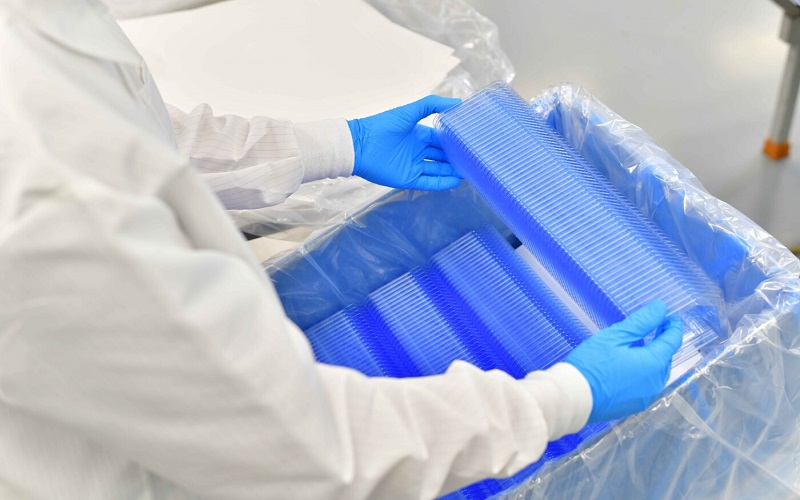
How To Print PETG Filament Safely?
Printing with PETG filament is generally safe when proper precautions are taken to minimize exposure to emissions, such as ultrafine particles and volatile organic compounds (VOCs), which are fumes released when printing PETG due to its heating and melting process.
It is important to put various hazards into context: the biggest hazard is probably a malfunctioning unsupervised printer, which can cause excessive emissions.
3D printing hazards include volatile organic compounds and organic compounds I strongly recommend monitoring.
Polyethylene terephthalate is generally safe, and air fabric is basically an effective filtration method. Printing hazards we need to be aware of sound awful, I suspect, but with proper ventilation and safety measures, risks can be minimized.
To protect your respiratory system and ensure safe printing, here are some key points regarding the emissions from PETG:
First, always print in a well-ventilated area to disperse fumes effectively, and consider using a ventilation system equipped with HEPA filters or air filtration fabrics to capture ultrafine particles and reduce VOC concentrations.
Wearing protective gear, such as a mask (preferably with particulate filtration) and gloves, can help prevent respiratory tract irritation and skin contact with heated filament residues.
Additionally, ensure your 3D printer is in good working condition, as health risks can be exacerbated by fumes caused by a malfunctioning printer, such as one with improper temperature control or clogged components.
It’s also critical to follow the manufacturer’s guidelines and recommendations for printing with PETG, including optimal temperature settings (typically 220–250°C for the extruder and 70–80°C for the print bed) and filament storage to prevent degradation.
Regularly maintain your printer to avoid issues that could increase emissions, and opt for high-quality, certified PETG filaments to minimize the risk of harmful additives.
By understanding the potential hazards of PETG and implementing these precautions, you can print safely and achieve successful, high-quality results with confidence.
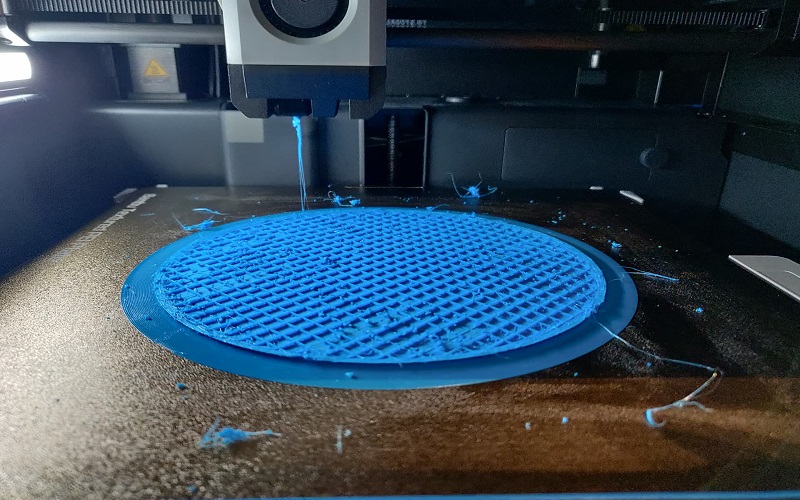
Conclusion
In conclusion, PETG is a safe and non-toxic material for both 3D printing and everyday applications, such as food containers and medical devices, when used correctly.
It is free of Bisphenol A (BPA), exhibits high chemical stability, and is FDA-approved for food contact, posing no significant health risks in daily use.
However, during 3D printing, PETG releases small amounts of volatile organic compounds (VOCs) and ultrafine particles, which may cause mild respiratory or eye irritation but are far less harmful than emissions from materials like ABS and do not include highly toxic substances such as hydrogen cyanide.
Risks can be effectively minimized by printing in a well-ventilated area, using HEPA filters, wearing protective gear, and selecting food-grade PETG filament.
Environmentally, PETG is recyclable, offering some sustainability, though attention to fire hazards and other printing risks is necessary.
Overall, by following manufacturer guidelines and safety measures, PETG is a reliable and safe choice, balancing health, food safety, and environmental considerations.
